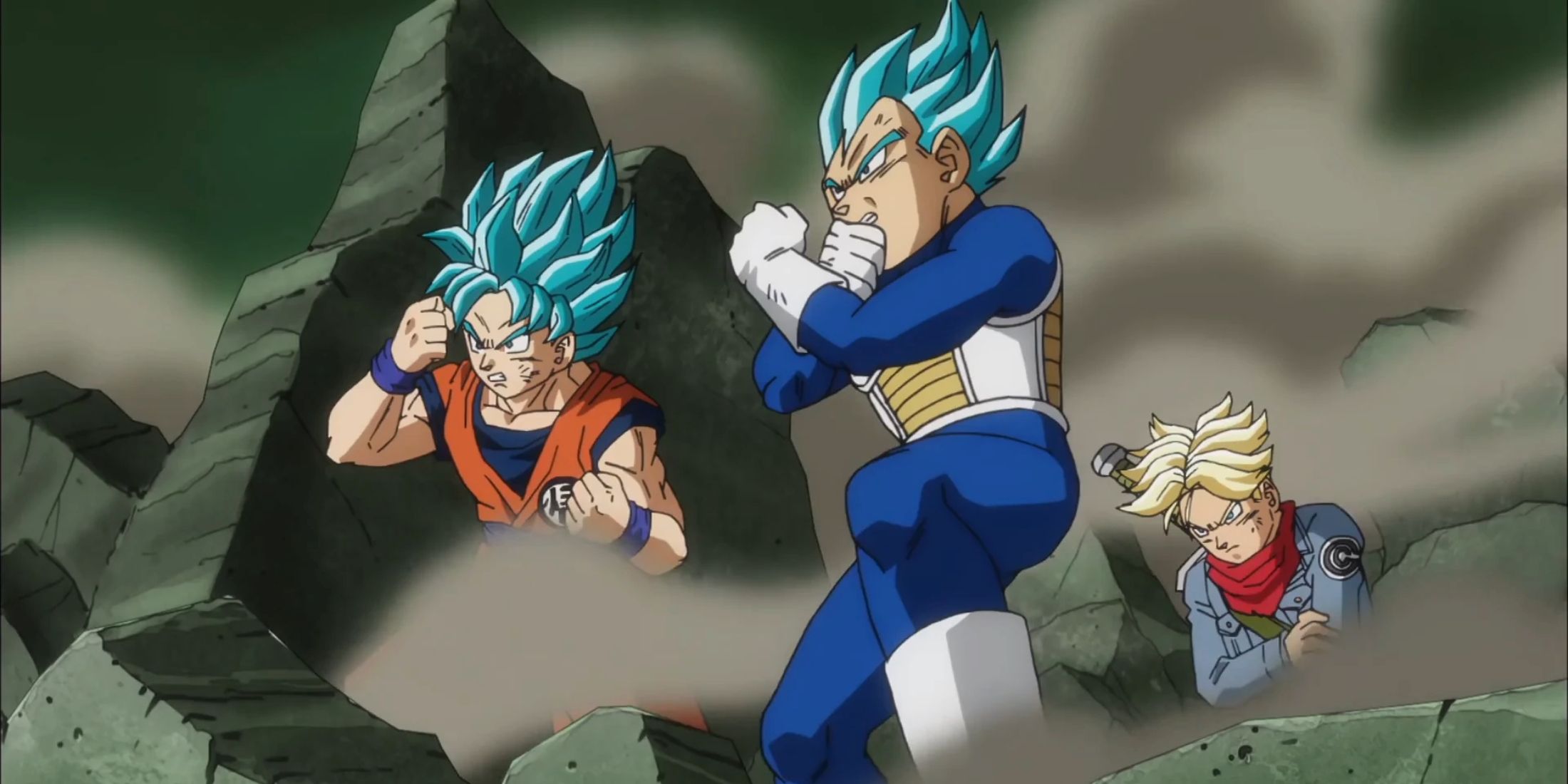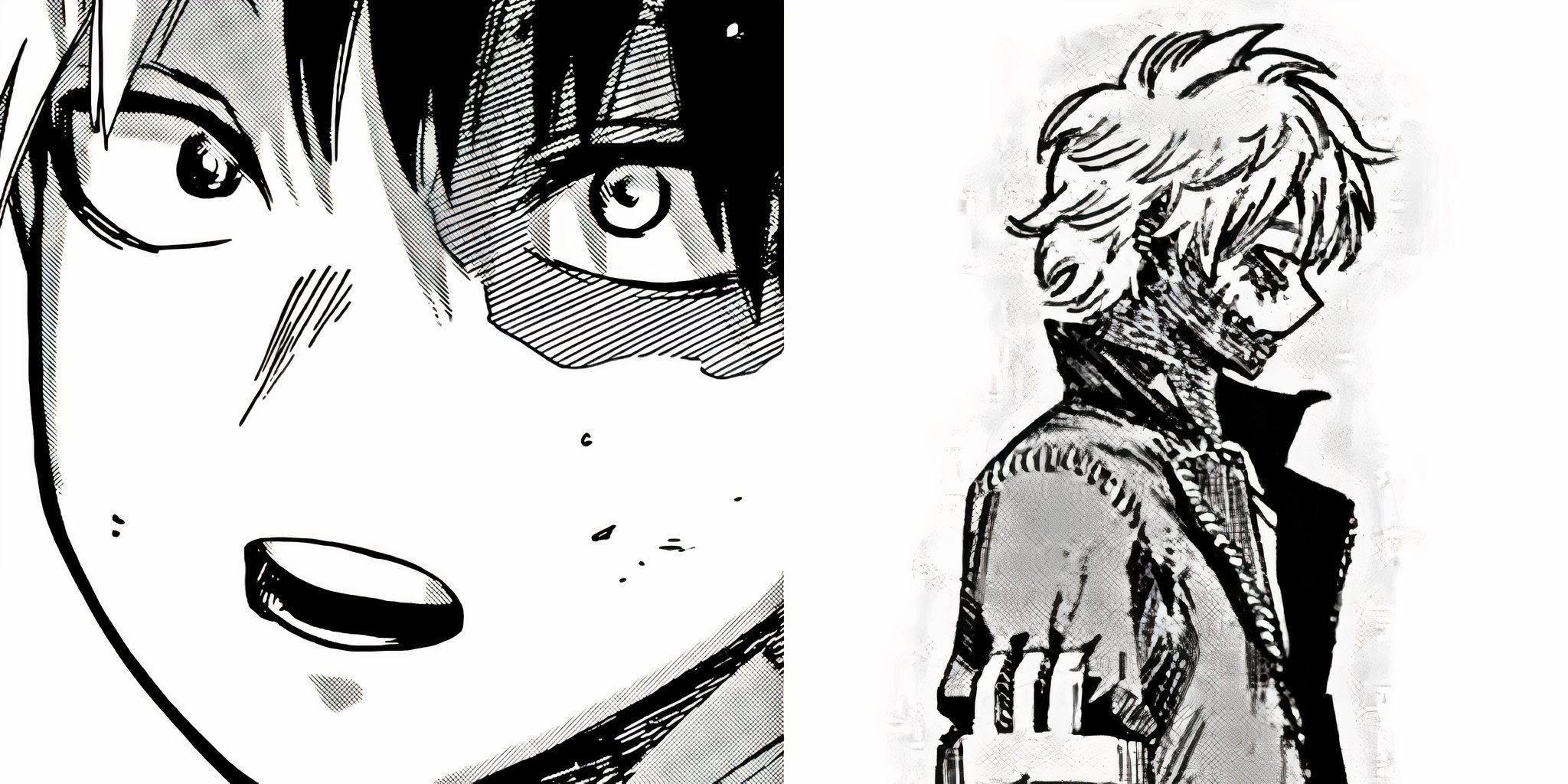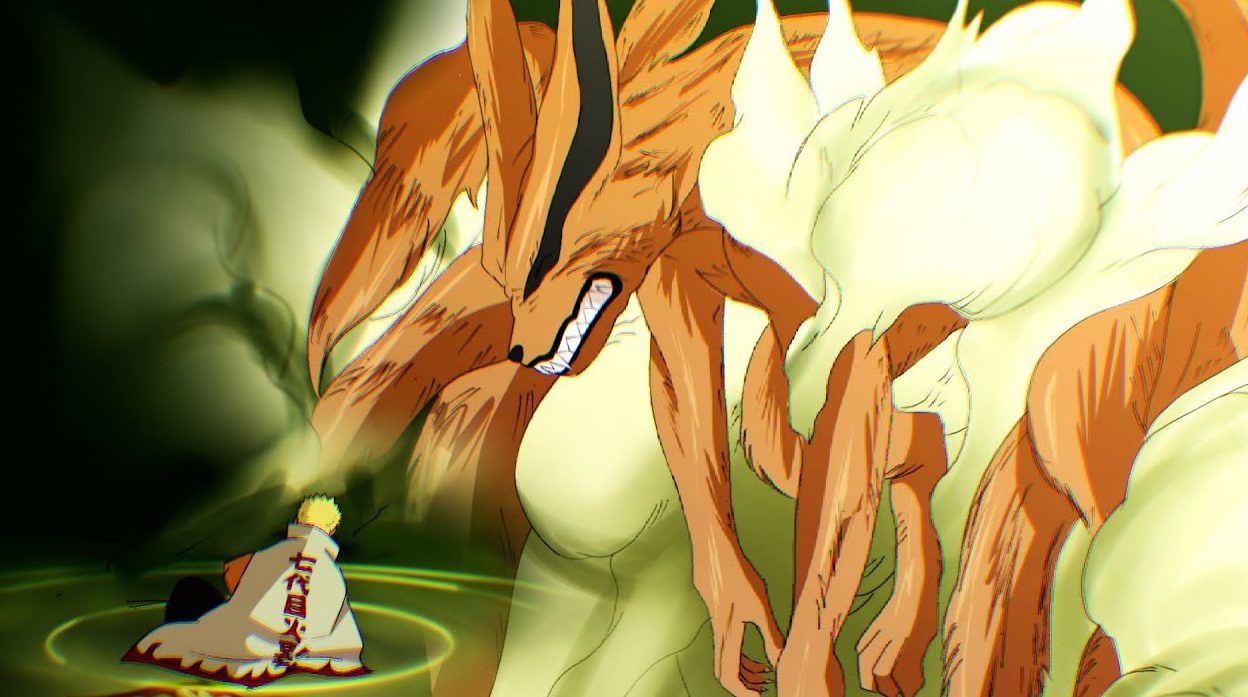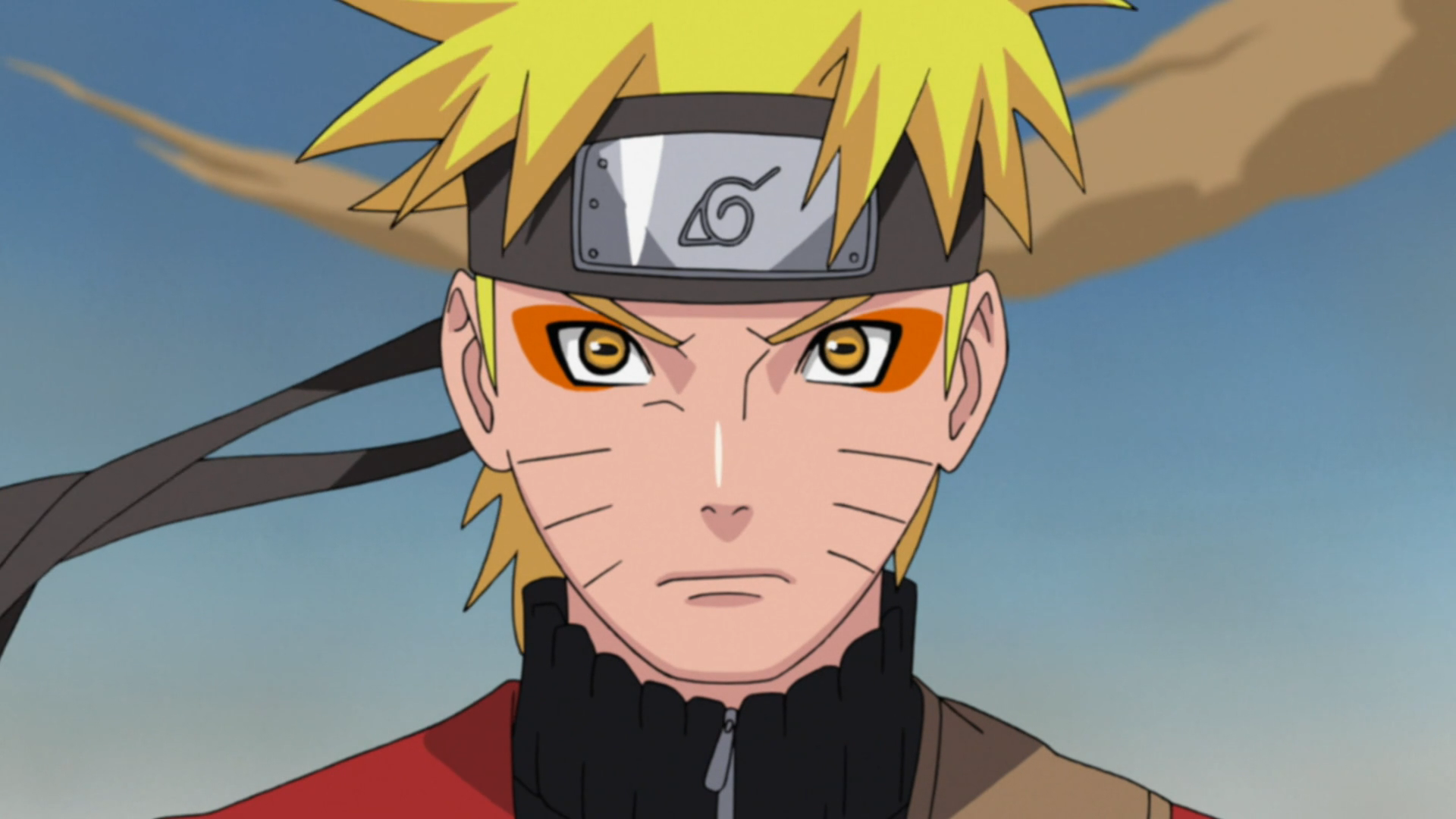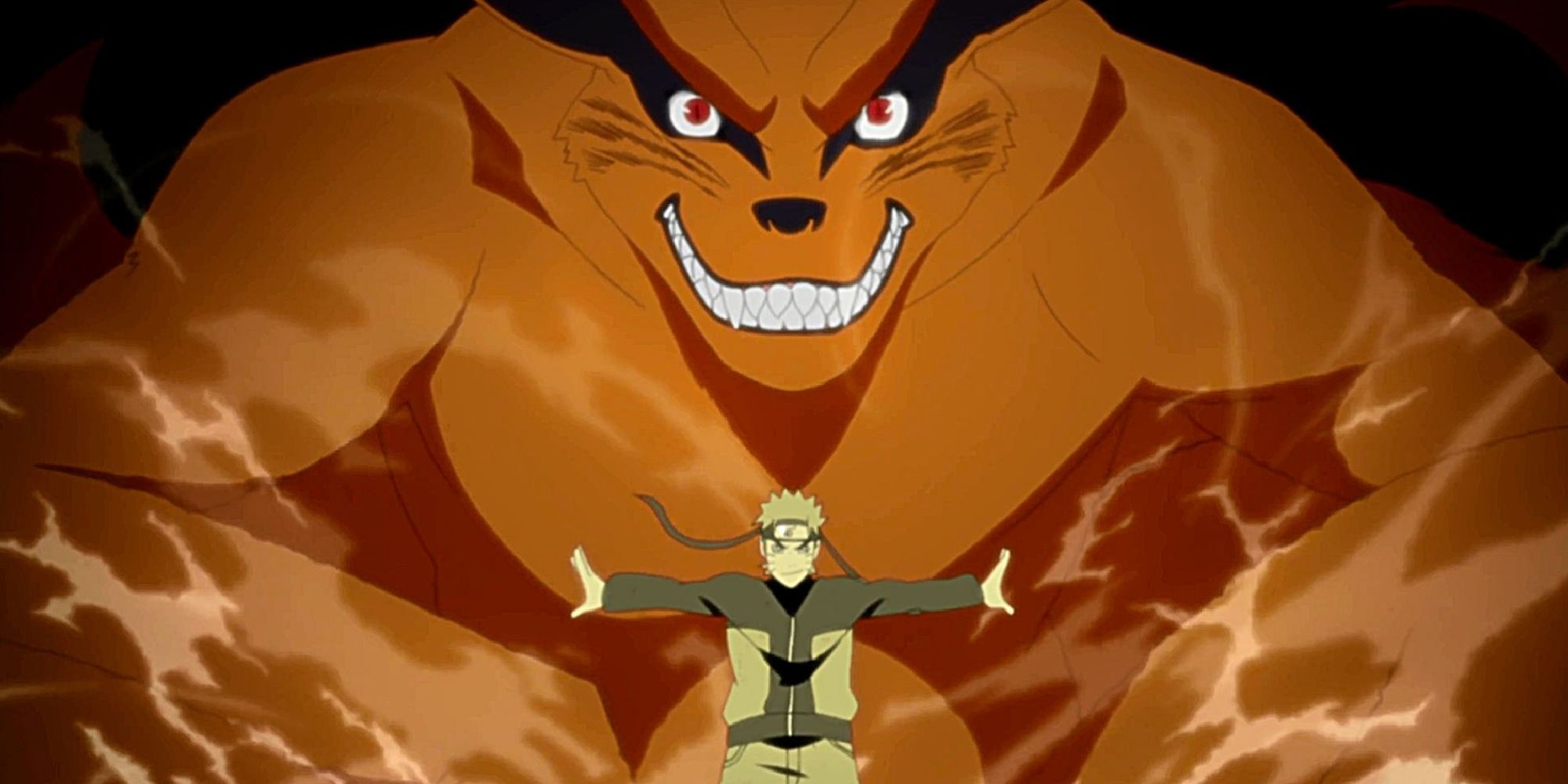When Masashi Kishimoto created the rich fictional world of Naruto, he tapped into real-world mythology and added his changes in order to create a unique animeverse, using references to Japanese myths and legends and an original plot, adding a lot to the contributions made by video games, anime, and manga to spreading the Japanese myths and culture all over the world.
When the series begins, the viewer gets to know that Naruto was regarded as an outcast, who was despised by the village because he had the Nine-Tailed Fox sealed within him when he was still a newborn. Later in the series, he manages to win the hearts of all people and become acknowledged and respected.
The Real-Life Mythology Behind Naruto's Kurama
Having the Nine-Tails sealed within him makes Naruto a Jinchuriki, that is, an individual who can access the power of a tailed best. Because of that, he can access the chakra (universal energy) of the Nine-Tails, which makes him more powerful. However, this power does not come without a price, since using the Nine-Tails’ chakra led Naruto to go berserk in several moments during the series.
The Tailed Beasts are titanic living life forms of chakra that the Sage of the Six Paths out of the chakra from the Ten-Tails to prevent its resurrection and to maintain and balance peace. Being immensely powerful, humans sought out the tailed beasts only to use them as weapons in times of war.
Among the tailed beasts in Naruto, Shukaku, Kurama and the Nekomata are almost identical to the mythology that inspired their creation. Foxes are common in Japanese folklore, being depicted as intelligent beings that possess the ability to shapeshift and take human form. With Naruto being a Jinchuriki of the nine-tails, it is easy to find the connection and explanation behind his shapeshifting ability.
Naruto has some forms, such as the Nine-Tails Chakra Form, which he uses to tap into Kurama’s power. After befriending the tailed beast and getting to learn its real name, Kurama, Naruto can access an even more powerful version of the Nine-Tails Chakra Mode, which appears similar to the Nine-Tails Chakra Mode, except for different markings and the fact that the chakra also manifests a coat for Naruto to wear. With this Mode, Naruto is granted the full power of the Nine-Tails while still retaining his human form. He also possesses the capacity of manifesting parts of Kurama's body at will, and this mode gives him the power to transfer his chakra to others, with the purpose of boosting their power.
Japanese Folklore Inspirations
In ancient Japan, it is said that foxes and humans lived close to each other, and, because of that, they shared a close relationship, which is shown in the anime through the companionship then achieved between Naruto and Kurama, in the second part of the series. Also, Kurama is the name of the mountain in Japan that, according to the legends, is said to be the home of the Tenju God, Sojobo. It is also the place where the Reiki technique was first learned. Reiki heals people with the use of chakra, and Naruto possesses a life-giving ability when in contact with Kurama’s chakra.
There are also tales in folklore that show the shapeshifting nine-tailed kitsune as evil in nature. Also, a Kumiko or Gumiho, which litteraly means "nine-tailed fox", is a creature that appears in the folktales in East Asia and legends of Korea, which is similar to the Chinese Huli jing and the Japanese kitsune. However, if they appear to be the same at first glance, there are multiple essential differences between the Korean Gumiho and the Japanese Kitsune, with the first being almost always malevolent, and represented in Korean TV in several K-dramas, while the Kitsune are seen and shown as more morally ambiguous. They can be evil, good, or even neutral. Ahri, from League of Legends, is also a Gumiho.
The evil side of the nine-tailed beast is said to make people sick and even shorten their life spans. In Naruto, it is shown how the ninja can be dangerous to those nearby him when the nine-tails chakra overpowers him, which also brings danger to himself since he gets almost burned because of Kurama’s chakra.
Other layers of symbolism were subtly woven into the plot and the anime’s mythos, which brilliantly add to the narrative instead of distracting viewers from that; however, some plot twists can be seen as foreshadowed and further explained by analyzing the connection with and inspiration from real-life mythology and the anime series. For instance, Kurama is the more powerful of the nine-tailed beasts and, in Japanese folklore, kitsune and tanuki are traditional enemies, which explains the initial enmity between Naruto and Gaara. Also, in the animeverse of Naruto, Kurama believed he was the most powerful of the tailed beasts because their powers were allegedly based on the number of tails. Because of that, all of the other tailed beasts started to hate Kurama, especially Shukaku, which has only one tail. That is the “cradle” of this old rivalry.
In addition to all this, Naruto’s whisker-like face marks are there because he was born from an active container Kushina, which caused him to have this mutation even before he became Kurama’s real container. The implication is that Naruto has these marks because he was affected by Kurama’s chakra from birth, that is, the first chakra that his body was exposed to was Kurama’s. On the other hand, Boruto and Himawari seem to have only inherited the mutations from their father, since Hinata was not a container.
Most of the Jinchuuriki have traits of their tailed beast: raccoon eye shadows, cat-slanted eyes, marks that resemble fox whiskers, etc. Furtehrmore, from the one-shot pilot chapter, Naruto was originally written to be a nine-tailed fox spirit (kitsune) disguised as a human, and, as such, it can be also inferred that, at first, the three stripes on his face were partially disguised whiskers.

